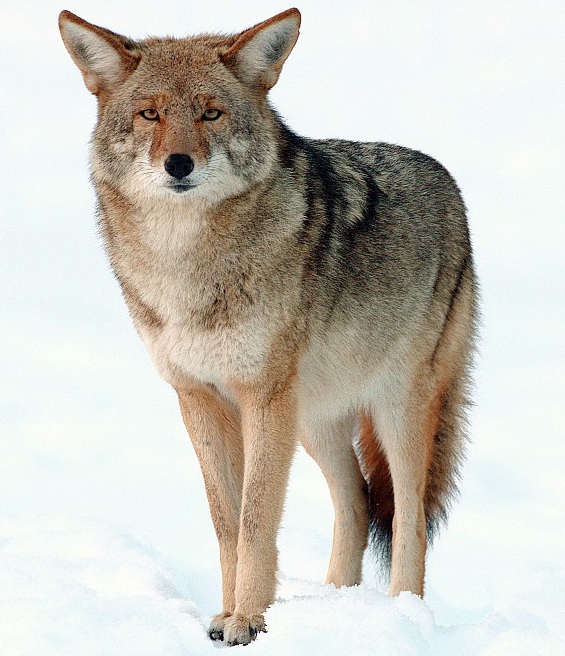Facts About Coyote
The coyote, a native North American canine, is smaller than the gray wolf and is classified as "least concern" by the IUCN due to its widespread distribution and adaptability. There are 19 recognized subspecies of coyotes. Males typically weigh between 8 to 20 kg, while females weigh between 7 to 18 kg. Their fur color usually ranges from light gray to reddish or fulvous tones.
Coyotes are versatile in their social structures, living either in family units or loose packs. They primarily eat meat, but their diet also includes fruits and vegetables. In Native American folklore, coyotes are often depicted as tricksters, known for their cunning and rebellious nature. However, in Anglo-American culture, they tend to have a less favorable image compared to wolves, which have seen a boost in popularity.
These animals are highly adaptable and have extended their range into urban areas, even reaching as far south as Panama. Coyotes are known for their vocalizations, which include at least 11 different calls such as howls, barks, and yelps. They are most active during the evening and early night.
Coyotes can harbor various diseases and parasites, including rabies, distemper, and mange. Their interactions with humans are varied, involving attacks on humans, livestock predation, and hunting. Coyotes are often hunted for their fur, which is used in various products. To protect livestock, farmers sometimes use guardian dogs.
Coyotes are drawn to human settlements mainly in search of food, which can make them a threat to pets. Despite this, their remarkable adaptability and survival skills make them a key species in North American ecosystems. Over time, their interactions with humans have significantly influenced their behavior and reputation.

 Mexico
Mexico